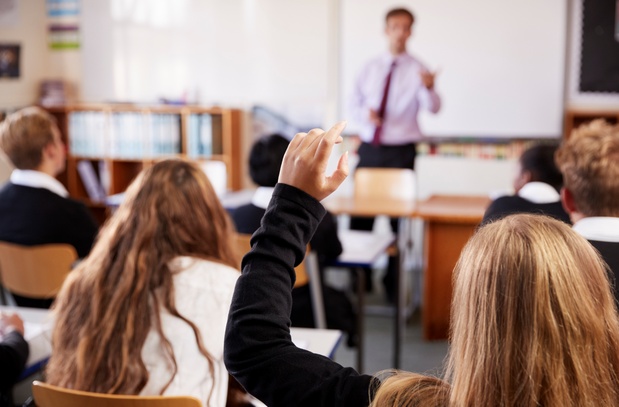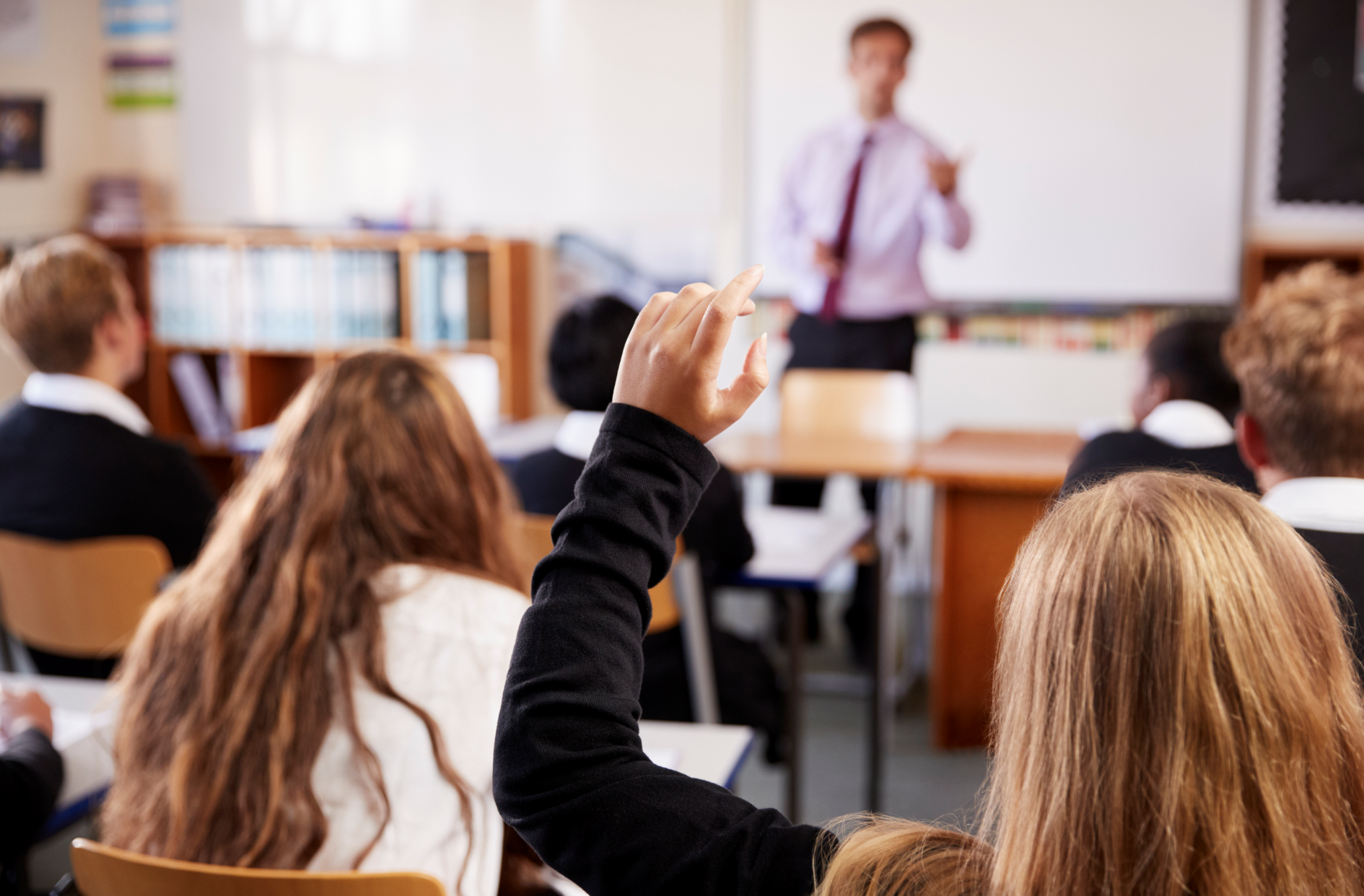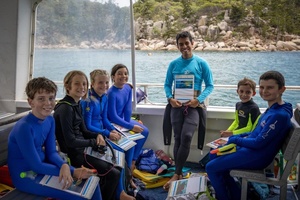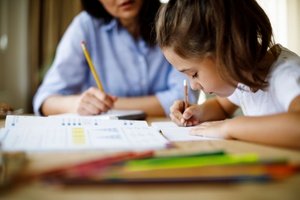According to the latest OECD Programme for International Student Assessment, 43 per cent of 15-year-old students in Australia are not proficient in reading, and there is a cavernous gap between advantaged and disadvantaged students – 60 per cent of disadvantaged students aren’t proficient, compared with 25 per cent of their more advantaged peers.
These students will find it very difficult to engage in their high school education, driving an even bigger wedge between poor readers and strong readers.
Secondary schooling assumes students have already mastered decoding, developed strong comprehension skills, and built a large vocabulary across subjects. Without these skills, students can flounder.
I taught secondary English and saw first-hand the damaging effect not being able to read well can have on students’ lives. For students who haven’t mastered decoding or developed sufficient fluency, it is demoralising to sit in lesson after lesson unable to read what is in front of them.
Secondary students have not built up sufficient vocabulary and background knowledge often struggle to grasp the content of a lesson. Try explaining – as I have – a nuanced concept such as ‘communism’ to a Year 11 student who does not understand the meaning of words or phrases like ‘social class’, ‘capitalism’, and ‘property’.
There’s too much new knowledge to take in and they can quickly become overwhelmed.
The sad truth is these students are the most likely to become disengaged and disruptive in class, drop out of school, and suffer from poor mental health. Teachers see the impact this has on students every day. But governments largely overlook it – the struggles of these students are the forgotten problem in Australia’s education system.
Secondary school teachers are being asked to do an impossible job, because while the learning gaps are widest in high school, the vast majority of secondary teachers do not have the training to teach the fundamental skills of reading. And individual secondary teachers simply don’t have the time to give struggling teenagers the intensive support they need to catch up to their classmates.
But the good news is we can tackle Australia’s reading problem. The evidence is clear that a whole-school approach to monitoring and catching-up students works best. I’ve seen schools implement this approach and make a real difference to students’ lives.
Parafield Gardens High School – a large government secondary school in northern Adelaide that serves a low socio-economic community – is one of these schools.
Many students who join Parafield High need help with reading. The school has set up a process to screen the reading proficiency of all new students; in 2022 this program revealed about half of its 180 Year 7 students were identified as ‘at risk’.
Of these, about one in three had a decoding age of younger than 10. Once screened, the school builds a reader profile of each ‘at risk’ student and allocates them appropriate support or refers them on for specialist assessment.
One type of support is the school’s ‘Reading Acceleration Program’ (RAP). About 70 Year 7 and 8 students with poor decoding ability attend 60-minute RAP lessons twice a week, instead of studying an additional language.
Teaching is explicit and intensive. Teachers follow a detailed phonics sequence lesson-by-lesson, and classes have one teacher or teaching assistant for every five students, to build strong relationships, reduce disruption and provide lots of feedback.
The results are impressive. In 2022, RAP students gained on average two-and-a-quarter years in decoding ability over just three-and-a-half terms.
The evidence is clear that a whole-school approach to monitoring and catching-up students works best.
Establishing RAP was not easy. The principal had to fund the program, re-organise the timetable, hire a full-time speech pathologist, pay for 14 staff to complete a four-day training course, and buy additional curriculum materials.
This was only possible because of a clear decision to prioritise building reading proficiency for struggling students over other potential school projects and activities.
The sort of approach taken by Parafield Gardens High works, but it’s not happening in enough Australian schools.
In a 2022 survey of nearly 400 secondary teachers and school leaders across Australia, by the Australian Education Research Organisation, about a quarter of teachers and school leaders said they did not, or only sometimes, identified which students were struggling and needed support. And only about half said their school consistently provided catch-up support to students identified as struggling with reading.
This is deeply concerning. Without catch-up support, these students are very unlikely to get back on track.
Here’s what our state and territory governments should do to make sure fewer Australian students continue to fall through the cracks.
First, governments should publicly commit to ensuring that at least 90 per cent of Australian students learn to read proficiently at school, up from 68 per cent across primary and secondary schools as revealed by NAPLAN assessments in 2023.
Second, they should require schools to screen all students in the transition to secondary school, to identify students who may not have established strong foundational reading skills in primary school.
Third, governments should give schools and teachers specific, practical guidelines on how best to help these students to catch-up, including recommended reading intervention programs and assessment schedules.
Fourth, governments should audit existing reading intervention programs and assessments available to secondary students, and invest in new programs or assessments where needed.
Fifth, they should ensure secondary teachers have the training they need to build students’ reading skills. This should include developing new quality-assured micro-credentials, creating literacy instructional specialists in every secondary school, and establishing demonstration schools to spread best practice across secondary schools.
And sixth, governments should beef-up school reviews. At present, too many reviews are a ‘tick and flick’ exercise. In future, they should be conducted by independent reviewers at least every four years and include an examination of a school’s performance on helping struggling students to catch-up.
This won’t be easy. It will take long-term commitment from governments. But, as a literacy leader at Parafields Garden High told me: ‘It is hard, but not impossible. Where there’s a will, there’s a way – and the stakes are too high not to do it.’
















